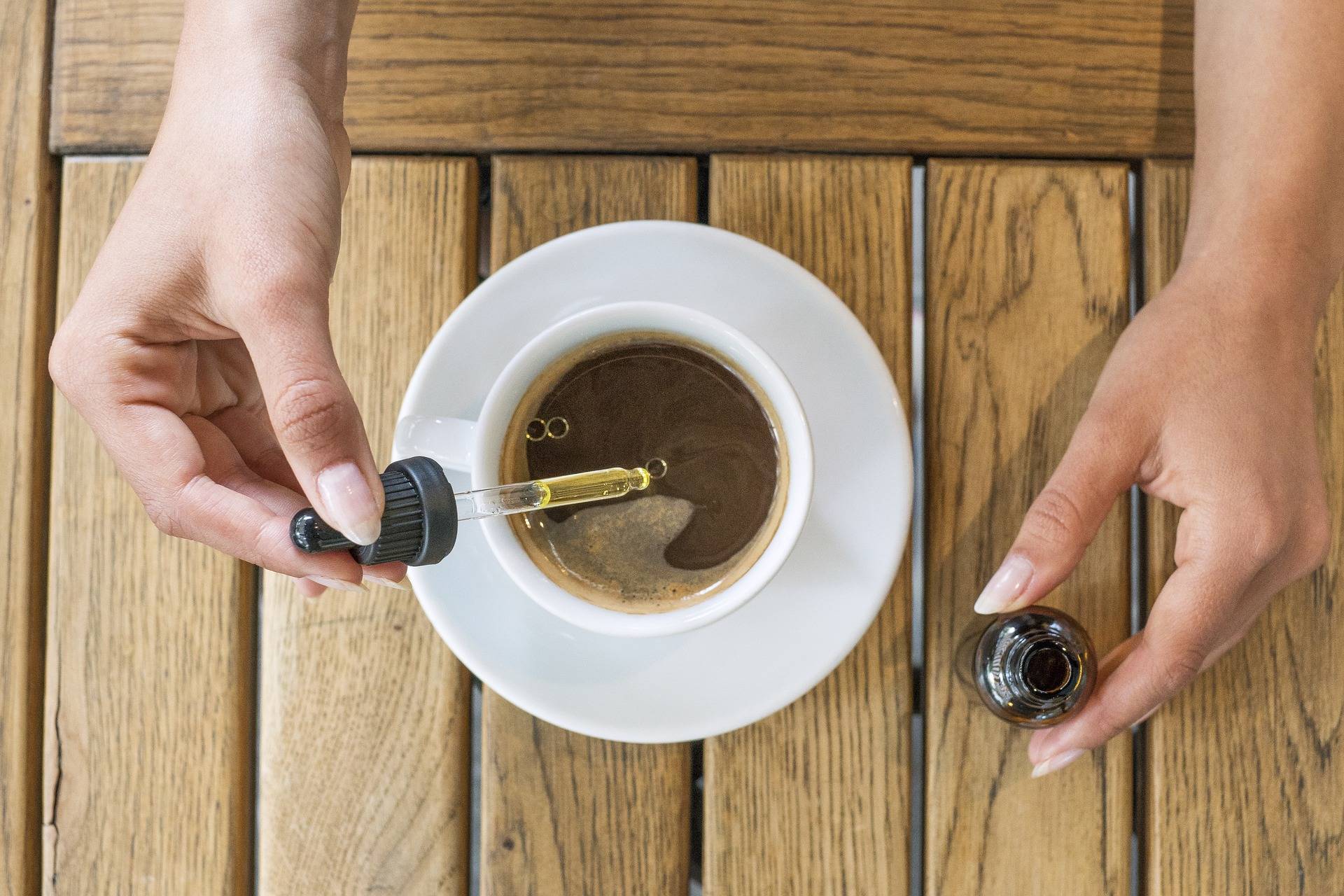By Ainsley Smith
Since the spring of 2020, Canadian weed enthusiasts looking to quench their thirst have been able to purchase cannabis-infused drinks at local dispensaries or have them delivered to their homes.
THC-infused drinks are a trend that’s expected to grow in the years to come as more consumers seek alternatives to how they traditionally consume weed and even as an alternative for their go-to beverages.
In 2018, the global cannabis beverages market size was valued at USD $902 million, and it’s expected to grow at a compound annual growth rate (CAGR) of 17.8% between 2019 to 2025, with the rising demand for wellness drinks anticipated to drive the growth, according to Grandview Research.
Companies in the Canadian cannabis space have already begun banking on this projected growth, each serving up their own assortment of options, including hot teas, iced teas, spritzers, flat waters and more.
Some of the first brands to enter the space include Tweed, which launched a trio of ‘Ready-to-Drinks’ — which are carbonated drinks that require no prep. Truss Beverage Co. — a joint venture between Molson Coors Beverage Co. and Hexo Corp. — released an assortment of non-alcohol drinks infused with varying levels of CBD and THC, while Houseplant, a joint venture between Seth Rogen, Evan Goldberg, and Canopy Growth launched House Plant Grapefruit — a cannabis-infused sparkling water with natural grapefruit flavour and 2.5 mg of THC.
So why might someone choose cannabis-infused drinks over a traditional beverage? Not only are they low-cal, gluten-free, and are even hangover-free. What’s more, the high you get from drinking a THC-infused beverage also differs from ingesting a traditional edible, in the sense that it can be less heavy.
Peter Nolan Smith, a freelance writer and podcaster who specializes in cannabis, says that while he’s tried a few types of cannabis drinks, they can be hit or miss when it comes to quality and effect.
“Some of the processes used to make cannabis oil water-soluble eventually separates in the can or bottle, and feels gross in your mouth,” said Nolan-Smith. “The syrup flavours taste like the homemade soda your friend’s weird dad used to make. The dosage is a lot higher though, which is a draw for some people.”
“The stuff on sale through the regulated market is actually not bad, though it comes with the same distinct aftertaste. It seems like there’s room for improvement, but on the whole better than what you can get from most dealers or websites.”
As for the growing popularity of this subset of cannabis products, Nolan-Smith says, “like a lot of Canada’s cannabis industry, drinkable pot has not become the cash cow that was forecast, but there are some really innovative things being done by chefs and bartenders that are working infusion into their menus.”
“Cocktails that came with curated cannabis meals are just amazing beverages of any kind. Even before the pandemic, legal barriers stopped anything like this from popping up in a bar where they could sell really well. If someone could take those creations and produce them on scale there could be a real connoisseur market,” explained Nolan-Smith.
“With the current suite of products available on shelves, costs can still be a barrier for regular consumers. It’s still early days in the industry’s evolution, and a niche might carve itself out. I think it’ll be small and craft, or at least hope so.”

